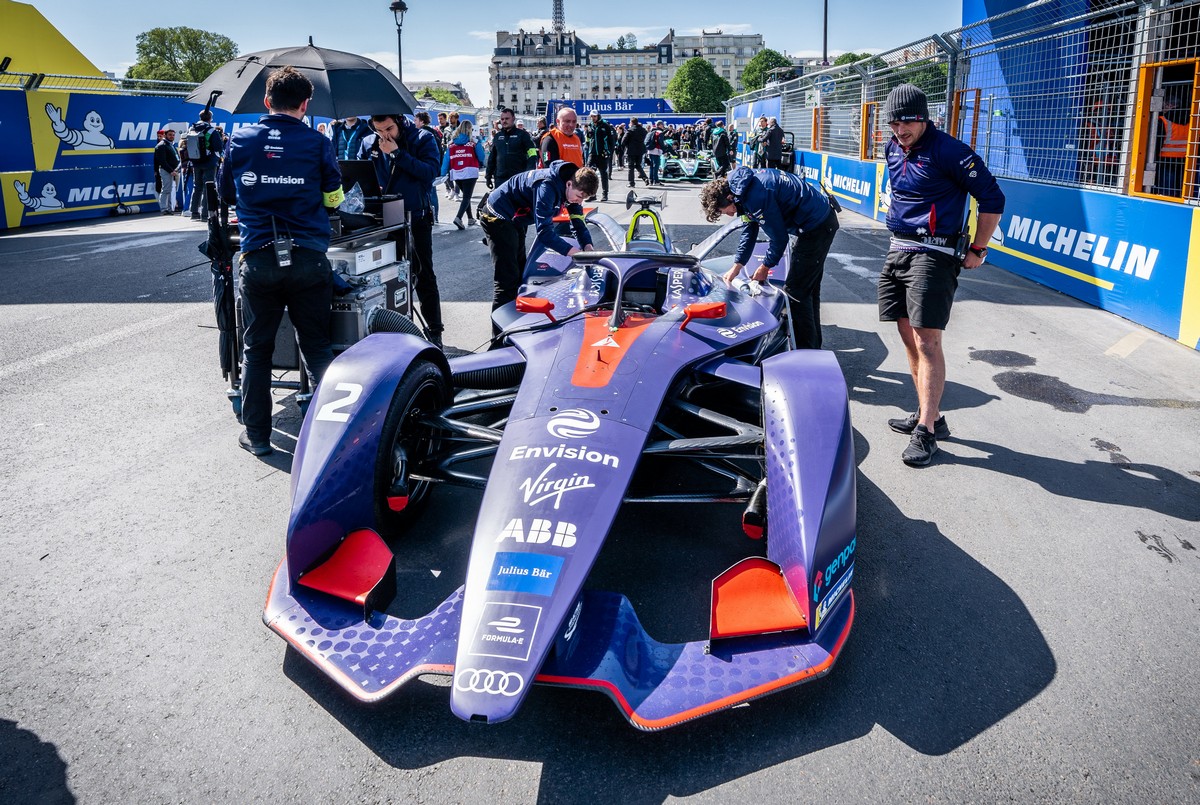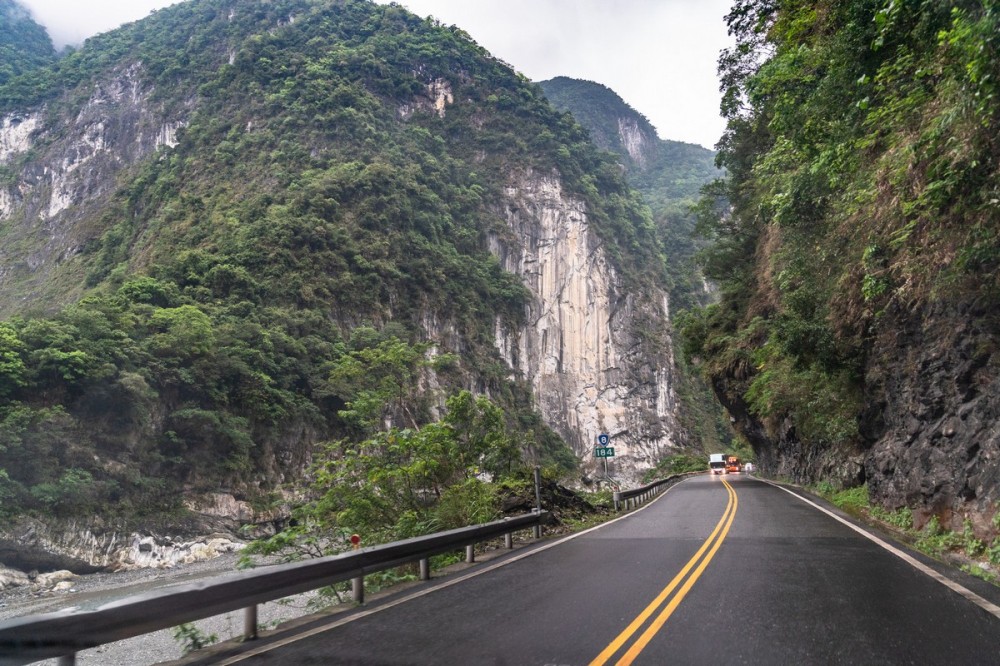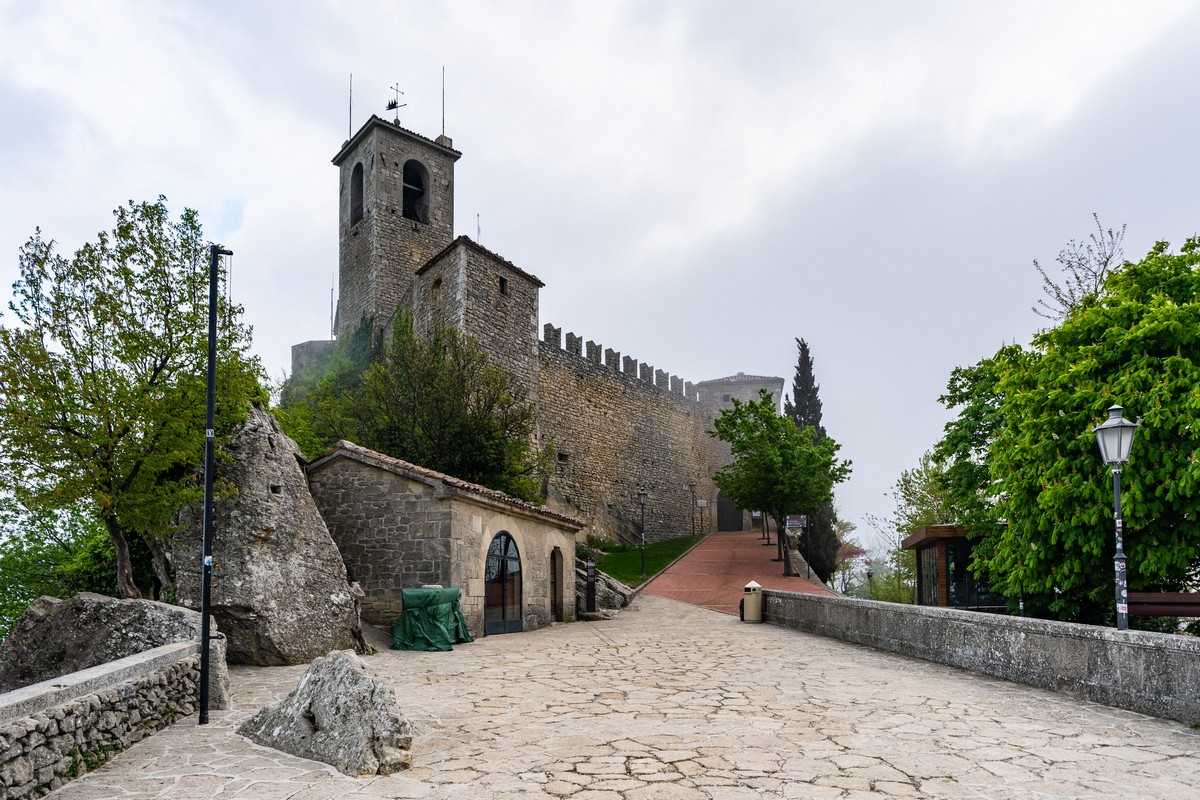May 27, 2019
May 27, 2019
Hey startups, want to become a global company?
About five years ago we launched an interesting project – our own Business Incubator . Why? Because there are a lot of great ideas out in the wild that need nurturing to grow and develop into something great. And we have the resources to help them do this! So we’ve been scouting for cool innovative ideas and giving startups ‘wings’ to fly.
One of the most successful examples of projects from our Business Incubator is Polys, launched in 2017. It’s an online platform for electronic voting based on blockchain. I’ve already mentioned it in this blog. But briefly: it’s safe, anonymous, unhackable, and what I think is more important – very easy to use and suitable for any kind of voting. I personally believe that the future of voting is indeed online and blockchain. Polys has already been officially used by Russian political parties, student bodies, and regional government organizations. And I’m sure that these are just the first steps of this KL nestling.
We’ve another up-and-coming Incubator project on board – Verisium. This is an IoT platform for customer engagement and product authentication. Especially needed in the fashion industry, it helps fight the counterfeiting of luxury products, and gives brands the ability to track product lifecycles and gain marketing insights into how products ‘live’ and perform. Verisium has already launched a number of joint projects with Russian designer brands – involving clothes with NFC chips on blockchain.
However, though it’s doing really well, the Incubator wasn’t enough for us. So we decided to scale-up the way we work with startups and innovative companies, while focusing on something we know rather well… cybersecurity!
At the end of May (so, in a matter of days) we’re launching a new program that will run globally – the Kaspersky Open Innovations Program. We’re doing it to build an ecosystem that allows for transparent conversation and fruitful collaboration between businesses and innovative cybersecurity companies around the globe.
To start-off, we’re launching a global startup challenge. We’ll be looking for startups that already have products, or MVPs, or even prototypes; we’ll be looking for those who already have something to sell, or already have had some sales and now need more. Since we’ll be neither investing in these companies, nor acquiring them, we’ll keep the focus on finding solutions that can truly benefit from being embedded with our technologies or integrated with them to maximize protection capabilities.
Another goal will be to take the results of our collaboration with startups – and their many new innovative products, solutions, services, etc. – to companies of different sizes around the world.
So, if we’re not investing and not acquiring, what are we actually offering? As a global company, we’ll help startups scale up globally by supporting their further product and business development. But probably most importantly, we’ll be providing an opportunity for startups to build a partnership with us and a chance to sit at the same table with the big guys and global companies.
Join now and take your business worldwide!
May 21, 2019
San Marino – Europe’s third-smallest country, don’t you know.
Ciao folks!
Herewith, a tiny post on a tiny addition to my not-tiny list of been-to’s in the world.
As time goes by, my getting a +1 to my countries-visited list seems to become less and less frequent. Maybe that’s because I’ve been to that many – more than 90. Yes, perhaps. But with 206 countries currently in the world, it really shouldn’t mean I’ve much excuse to start slowing down with my new-adds, surely. There’s still plenty of countries to go.
For example, even in nearby (i.e., easily-accessible) Europe, I’ve a full six states left to go: San Marino, Slovenia, Montenegro, Albania, Bulgaria, Belarus and Moldova.
//… Six, that is, according to one definition of which countries are part of Europe. What about, for example, the countries of the Caucuses region? Are they in Europe or in Asia (or both?). If they are, then I need to add Georgia to my list of European yet-to-checks. I’ve been on its territory, but that wasn’t quite Georgia: it was the Georgian Soviet Socialist Republic (Batumi, 1981).
And I’m sure there will be other question marks within my list: some countries aren’t recognized by certain states. But I don’t want to get into that can of worms.
Aaaanyway. Back to my +1. It was the tiny teeniest of countries – one perhaps whose sovereign status you might not even have been aware of (as many Europeans aren’t:). So – drum roll – it was….. ah, you already know: it’s in the title to this post!. So much for the added drum-drama ).
San Marino is a microstate set in the Apennine mountains, surrounded completely by Italy. In a few words: unique, unusual, unusually awesome, unusually old, and unusually wealthy. Unusually beautiful too…
And that’s all I’ll say about San Marino. This is one of those posts… for the Instagram generation, perhaps: Less words – more pics!
May 20, 2019
Formula Paris-E.
Bonjour folks!
Today’s post is all about Formula E. Just in case that term is a new one to you – the ‘E’ stands for ‘Electric’. And the ‘Formula’ – yep, that’s like just like with ‘Formula 1’. Combined – you’ve guessed it: F1 but with electric cars!
It was only a matter of time since the electric car came into fairly widespread use that they’d start being raced a la Formula 1. And indeed, already for four and a half years they have been racing – around large cities across the globe, garnering more and more attention as time passes. And finally, the other week, I found myself at my first ePrix – in Paris!
And we weren’t just spectating, we take part too; first, with our expertise: we protect the cyber-infrastructure of the Envision Virgin team.
Second: with our sponsorship: check out the panels each side of the driver’s head!

https://www.instagram.com/p/BcRMedRFlkJ/?utm_source=ig_embed
May 17, 2019
Notre Dame – optimism, despite the harm.
Bonjour folks!
I’m a technical guy, so I get attracted like a magnet to different kinds of unusual and/or unique buildings. And that includes old – even ancient ones. Standing awestruck at the architectural/construction works of the ancient masters is something I do a lot. How did they manage that? How come their proportions are so exact? How come they had a grand vision and followed through to build massive masterpieces – which simply wouldn’t be built these days, even given the resources.
In Paris there are plenty of such constructions. And when in town I often tread the same path I always have, and could never become bored of it: Eiffel Tower > Pompidou Center > Notre-Dame. So it came as a bit of a shock hearing the news of the fire in the latter one late evening in northern Taiwan. The early accounts of the damage made me think it was all over for Our Lady of Paris. Of course it would be repaired and restored – but it wouldn’t be quite the same would it?
When I arrived in the French capital a few days later – I rushed to see the damage for myself. And was cheered up no end by seeing that things weren’t as bad as made out in the press. She’s still standing tall and proud! Sure, there’s plenty of damage – but not everywhere. I tried to get up close but it was cordoned off, so had to settle for inspecting the damage from a way off:
May 16, 2019
Northern Taiwan, 101.
Actively checking out Taiwanese natural places of interest can bring on sudden attacks of hunger, as I found out the other week while in the far north of the island. When our stomachs were rumbling simply too loudly for comfort, we were ushered to the town of Juifen to put a stop to the noise. And guess what – the town of Juifen is… must-see! Particularly – must-eat-in )! Especially – if you’re a big fan of Chinese cuisine, which I certainly am. Oh my gourmet!…
The place is made up of a labyrinth of narrow little streets, in many places with some roof-like construction up above to keep off the rain. There’s less of an emphasis on souvenirs (like you often get with cute little places like these that attract tourists and natives alike), and more of one on: grub! Yeh! All different kinds of grub too – albeit of the Chinese kind. Eateries, restaurants, cafes, greasy spoons; eat-ins, takeaways; boiled, steamed, fried; meat, fish, veggies – ice cream too. Hissing, bubbling… and the fragrances: they sure got the appetite up. And it looks like this:
May 13, 2019
Much Ado About Hoodoo.
Practically at the northernmost point of Taiwan there’s a place that’s categorically necessarily mandatorily recommended for a visit: it’s the Yehliu Geopark, whose main attraction are the very rare natural phenomena of which there are just a few specimens throughout the world: hoodoo formations – outcrops made up of horizontal layers of rock of varying hardness. As a result of some not-fully-understood geology, tectonics push these formations up to the earth’s surface, then they’re eroded by the wind and rain – with the lower, softer layers being worn away quicker than the upper, harder ones. The result: totally inconceivable shapes. Sometimes they’re so far-fetched and extraordinary it’s hard to believe they’re 100% natural.
May 11, 2019
Why old-school sci-fi is more relevant now than ever.
April was a busy month for me, with lots of flying. And lots of flying means lots of movie-watching or reading or both. Herewith, a quick review of some highlights and some discussion thereof…
On one flight I re-watched Tarkovsky’s Solaris for the umpteenth time. IMHO, it’s aged well. Sure, there aren’t today’s special effects, but that doesn’t matter. And anyway, the Hollywood version from 2002 is apparently low on effects too. Indeed, this is no Star Wars or Matrix or some other sci-fi blockbuster. This is the thinking person’s drama-mystery sci-fi flick. And anyway (again!), I haven’t seen the 2002 version with Amal Clooney’s husband starring ). I wonder what it’s like. I guess the dialog may be the same so it’s surely worth a watch. It’ll differ perhaps only in that there’ll be no smoking indoors (on space ships!), and there won’t be a VCR in sight ).
Not seen the original Solaris, and you’re a thinking Homo sapiens? Then you really must. Why? Many reasons (e.g., the question: ‘is it better than ‘2001: A Space Odyssey’?’:) but here’s a very ‘current’ one: AI.
For Solaris, nearly 50 years ago, was already telling us that artificial intelligence could become more human than, er, humans themselves. In the film, a higher intelligence – the Solaris Ocean – is the one doing the experiments on humans – not the other way round. But that’s by-the-by. The central theme is a questioning of what it is to be human, of identity, of our ‘reality’. By way of example, here’s a quote from the film: an interaction with an artificial person – one being a clone of the human lead character’s long-dead wife, created by the Ocean:
We have no interest in conquering any cosmos. We want to extend the Earth to the borders of the cosmos. We don’t know what to do with other worlds. We don’t need other worlds. We need a mirror. We struggle for contact, but we’ll never find it. We’re in the foolish human predicament of striving for a goal that he fears, that he has no need for.
[…]
I think that Kris Kelvin is more consistent than both of you. In inhuman conditions, he has behaved humanely. And you act as if none of this concerns you, and consider your guests – it seems that’s what you call us – something external, a hindrance. But it’s a part of you. It’s your conscience. And Kris loves me. Maybe it’s not me he loves, but he’s simply protecting himself. He wants me alive. That’s not the point. It doesn’t matter why man loves. It’s different for everyone. It’s not Kris. It’s you. I hate you all.
I would ask you… Please don’t interrupt me. I’m a woman, after all. You’re not a woman and you’re not a human being. Understand that, if you’re capable of understanding anything. There is no Hari. She’s dead. You’re just a reproduction, a mechanical reproduction. A copy. A matrix.
Hmmm. And talking of a matrix – one could say the film’s a forerunner of the Hollywood blockbuster starring Keanu Reeves (at a stretch). But I digress…
Not only did I re-watch a classic sci-fi movie, I also re-read a classic sci-fi novel – H.G. Wells’ Time Machine – perhaps the perfect complement to Solaris, for it, too, is about tragic contact between Homo sapiens and non-Homo sapiens.
Btw – it was, I think, Wells who first came up with the idea of folks traveling through time not by magic but through the use of technology. He also introduced the idea of the fourth dimension – space time. And when you think this book was written nearly 125 years ago (!!), you have to take the proverbial hat off to Mr. Wells ).
There’s a bonus when reading books as old as this. There are words in them that are alien to newer generations – like ‘ink’, for example. So there are history lessons dotted throughout such books, and that’s important, for, as we all know, if you don’t know the past, you won’t know the present, never mind the future…
Another btw: it was Wells who guessed that stars, at the end of their lives, turn into red giants. Science hadn’t worked it out back then; Wells imagined it – scientists later confirmed it ).
After watching and reading two retro-futuristic masterpieces, I was inspired to re-read a third – the book on which the film Solaris is based: Stanislaw Lem’s – 1961! – novel of the same name. So I did. And I highly recommend you do too!
That’s all for today folks. Back soon!…
May 10, 2019
(Motoring through) marble marvels in Taiwan, pt. 3.
Hi folks!
Herewith, my next dispatch from Taiwan…
I’ve already told you about the footpaths that run through the tunnels here. Well there’s a road too – the Central Cross-Island Highway. Built – and in some places chiseled – in 1956–1960, back then it was quite the pioneering engineering feat. Still today they’re renovating and improving it. And they’ve got their work cut out: there are frequent earthquakes, and typhoons cause flooding and mudslides. They dig out new sections for the cars, and the old ones get passed over to tourism.

May 9, 2019
Marble marvels in Taiwan, pt. 2.
Next up on my marble-mountain trek – Baiyang Waterfall Trail.
Curious story alert!…
In the ’80s, they wanted to build a hydroelectric power station here. They got as far as damming up several parts of the gorge and gouging out drainage tunnels that ran through the rock, but then the project was canned. But what to do with tunnels? Of course – use them as tourist tunnel-paths! One of the tunnels is forever leaking (safely) – which makes for perhaps the most interesting of all the tunnels here:





















